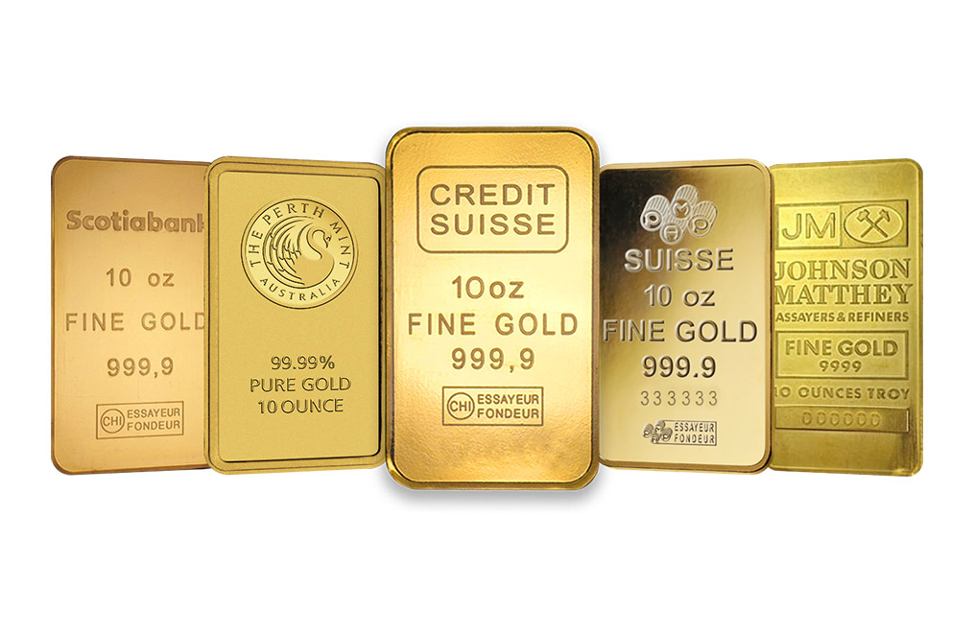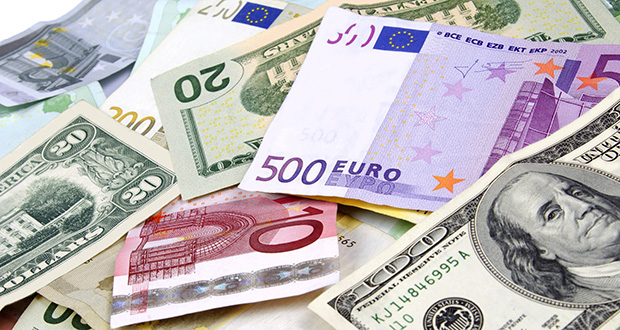What is a safe haven in Finance
What Is a Safe Haven?
A safe haven is a type of investment that is expected to retain or increase in value during times of market turbulence. Investors seek out safe havens to limit their exposure to losses in the event of market downturns.
Such investments are believed to be a safe option for investors, as they are not correlated to the economy – meaning that a financial crisis would not reduce the value of the investments.
However, what assets are deemed safe havens can vary depending on the specific nature of the down market. That means for an investment to act as a safe haven, investors must perform ample due diligence.
Therefore, safe-haven investments offer more protection and diversification in investors’ portfolios, which is advantageous if the market is volatile.
What you need to know about safe heaven
A safe haven investment diversifies an investor’s portfolio and is beneficial in times of market volatility. Most times, when the market rises or falls, it is for a short period. However, there are times, such as during an economic recession, when the downturn of the market is prolonged. When the market is in turmoil, the market value of most investments falls steeply.
While such systemic events in the market are unavoidable, some investors look to buy safe-haven assets that are uncorrelated or negatively correlated to the general market during times of distress. While most assets are falling in value, safe havens either retain or increase in value.
Trade wars, natural disasters, the Global Financial Crisis in 2008, and the COVID-19 pandemic are all events that prompted investors to buy safe-haven assets to mitigate their losses from a potential stock market crash. Investors looked to purchase “safe” assets, such as gold, treasury bills, government bonds, and defensive stocks.
Safe Haven investments offer protection from market downswings.
Precious metals, currencies, and stocks from particular sectors have been identified as safe havens in the past.
Safe havens in one period of market volatility may react differently in another, so there is no consistent haven other than portfolio diversity.
Characteristics of a Safe Haven Asset
•High liquidity:
Investments need to be able to convert to cash easily.
•Limited supply:
The asset’s supply must be less than its demand to maintain its value due to the scarcity of the asset.
•Continuous demand:
The asset should be able to maintain high demand in the long term, which makes the asset hard to replace by another investment.
•Endured performance:
The asset must continue to provide a good use for the long term to keep up with demand. For example, metals are a type of safe-haven asset that is continuously used for infrastructure.
•Permanence:
The asset does not decline in quality. It does not rot or decay.
Not every safe haven will have all of these characteristics, so investors have to make a judgment about the most suitable safe haven for the economic climate. It is important to remember that what makes a good safe haven for one market downturn may not show the same results in another, so investors have to be clear about what they are looking to gain from using safe-haven investments.
Examples of safe-haven assets
Popular safe havens can change over time, so it is important to keep up with investment trends. However, there are a few safe havens that have remained favorites over the years, including:
Gold
Government bonds
US dollar
Japanese yen
Swiss Franc
Defensive stocks

Gold
When people think of a safe haven, they will most likely think of gold. As a physical commodity, the price of gold is not often influenced by the decisions of central banks on interest rates, and unlike paper currencies, its supply cannot be manipulated by actions such as printing.
Perhaps the strongest example of gold as a safe haven was following the 2008 global financial crisis. The influx of investment caused the price of gold to rise by nearly 24% during 2009 alone, for example, and it continued this upward trajectory into 2011.
Many consider the decision to buy gold a behavioral bias, based on gold’s history of backing currencies and as a store of value. The theory goes that because gold has historically been considered a safe haven when there are signs of a significant market collapse, investors swarm to the precious metal. Gold as a safe haven has become a self-fulfilling prophecy.
Government bonds
Government bonds are essentially a fixed term ‘I owe you’ from a government, which have periodic interest payments – treasury bills and notes are a type of bond. The only difference between them is the amount of time before you will be reimbursed in full. Treasury bills have maturities of a year or less, while treasury bonds can have maturities of ten years or more.
Investors tend to have more confidence in bonds issued by governments of developed economies – the most popular are US treasury bills. Their status as a safe haven is based on the credit status of the US government, and the high quality of income in US dollars. With such a stable income behind the asset, investors consider government bonds to be a risk-free safe haven, especially because anything invested will be repaid in full once the bill has matured.
For example, in February 2018, stocks plunged due to rising bond yields and ironically sent investors running to US Treasury bonds as a safe haven.

US dollar
For over 50 years, the US dollar has been one of the most popular safe havens during economic downturns. It exhibits several safe-haven characteristics – most crucially, it is the most liquid currency on the forex market.
This confidence in the US dollar came from the 1944 Bretton Woods agreement, which introduced the fixed currency system and made the dollar the world’s primary reserve currency. Even after this system was abolished, the US dollar retained its position as a safe haven because it represented the world’s largest economy.
Although many thought the dollar’s status as a safe haven would be damaged by increased volatility, caused by US President Donald Trump’s controversial politics, it would seem that it is still benefitting from safe-haven flows. For example, although trade tensions caused fluctuations across stock markets and commodities, the US Dollar Index saw an increase of 5.29% between January and August 2018.
Japanese yen
The Japanese yen is thought of as a safe haven as it often appreciates against the dollar when US stocks and government bonds experience volatility.
Post-World War II, the Japanese economy was restructured, which enabled it to catch up with other global economies. The Bank of Japan (BoJ) became highly respected and the yen was established as a major global currency. Despite continued interventions from the government, the liquidity of the yen has continued to attract investors in times of financial distress.
The yen earned its reputation as a safe haven due to Japan’s high trade surplus versus its debt. The value of foreign assets held by Japanese investors is far higher than Japanese assets owned by foreign investors – this means that when markets become ‘risk off’, money moves out of other currencies and back into domestic markets, which strengthens the yen.
Another part of the reason that the yen continues to act as a safe haven during periods of market turbulence, is because everyone believes that it is. In a similar way to gold, it has become a self-fulfilling prophecy.
Swiss France
A study by the central bank of Germany, Deutsche Bundesbank, found that the Swiss franc often appreciated when the global stock market showed signs of financial stress.
Common reasons that investors favor the Swiss franc as a safe-haven currency include the political neutrality of the Swiss government, the strong Swiss economy, and its developed banking sector.
The country’s independence from the EU has also made it a popular haven for capital during negative political and economic circumstances. In fact, during the eurozone crisis, so much money was flowing into the franc that the Swiss central bank introduced a temporary currency peg against the euro to try and weaken their domestic currency.
The Swiss franc is considered a safe-haven currency. Given the stability of the Swiss government and its financial system, the Swiss franc usually faces strong upward pressure stemming from increased foreign demand. Switzerland has a large, safe, and stable banking industry, a low-volatility capital market, virtually no unemployment, a high standard of living, and positive trade balance figures.
Defensive Stocks
Defensive stocks refer to shares of companies that sell products that are considered to be necessities.
Examples of defensive stocks include utility, healthcare, biotechnology, and consumer goods companies.
Regardless of the state of the market, consumers are still going to purchase food, health products, and basic home supplies. Therefore, companies operating in the defensive sector will typically retain their values during times of uncertainty, as investors increase their demand for these shares.
Cash
Arguably, cash is considered the only true haven during periods of a market downturn. However, cash offers no real return or yield and is negatively impacted by inflation.
Currencies
Some currencies are considered safe havens compared to others. In volatile markets, investors and currency traders may seek to convert holdings of cash into these currencies for protection.
A crash in asset prices would likely result in personal spending reductions and thereby lower inflation. However, that alone would not necessarily fix the self-fulfilling shortage issues across the global supply chain. There would need to be a relatively significant decline in aggregate economic demand worldwide for many of today's shortages to clear. This crash could be triggered by more aggressive interest hikes from the Federal Reserve. That said, if food and other commodities become expensive enough, it is likely that many households will eventually reduce discretionary spending regardless of the Federal Reserve's actions.
Of course, if there is a significant decline in asset values, the Fed may become dovish again to support stock prices. Still, I doubt this as further stimulus could exacerbate the already problematic inflation issue. Accordingly, it may prove futile for investors to assume that the Fed will again rescue the market if it crashes. As such, I believe most stocks and bonds are best avoided. However, other assets may offer superior stability in this potentially chaotic financial market. These ranked from least speculative to most speculative.


Be the first to comment!
You must login to comment